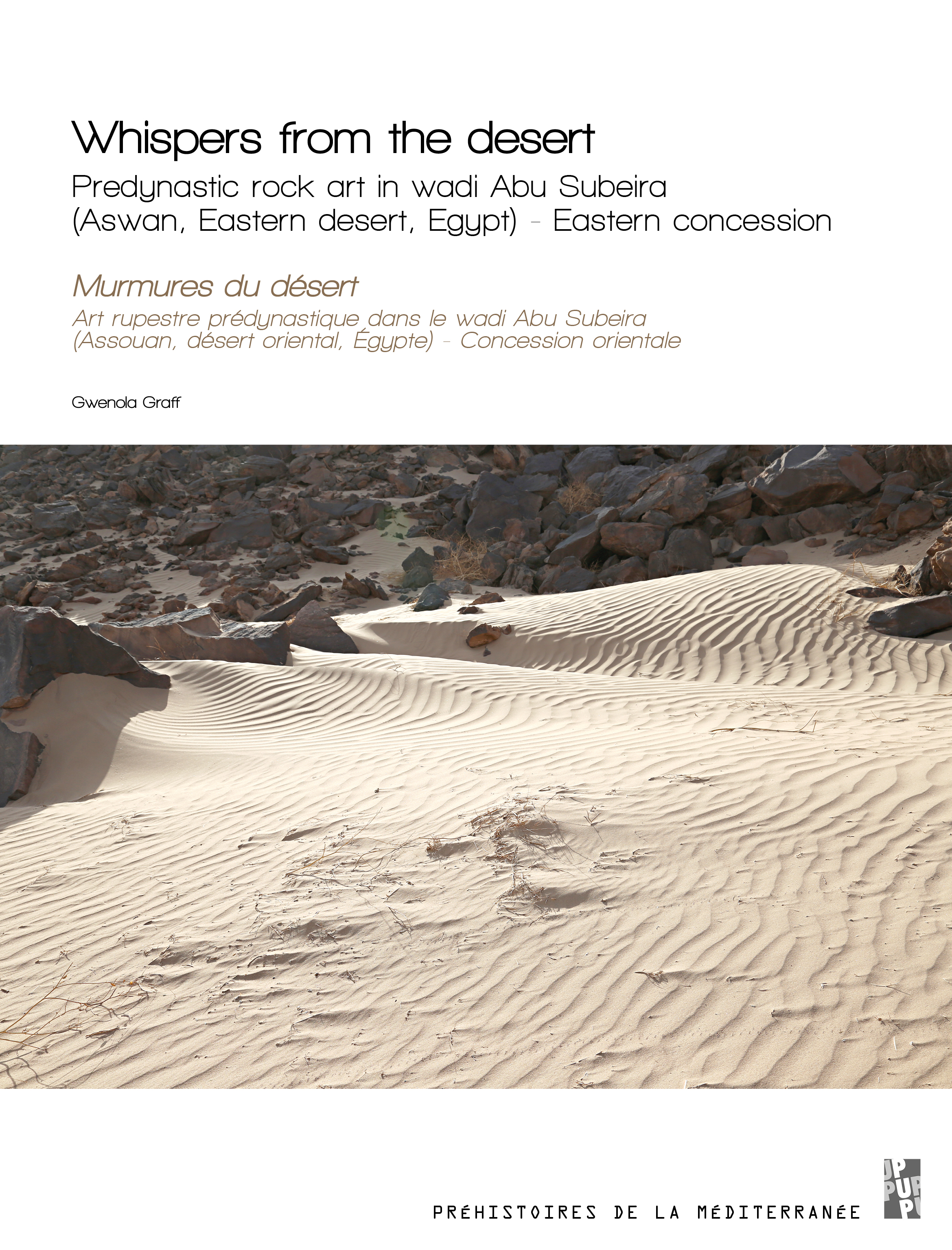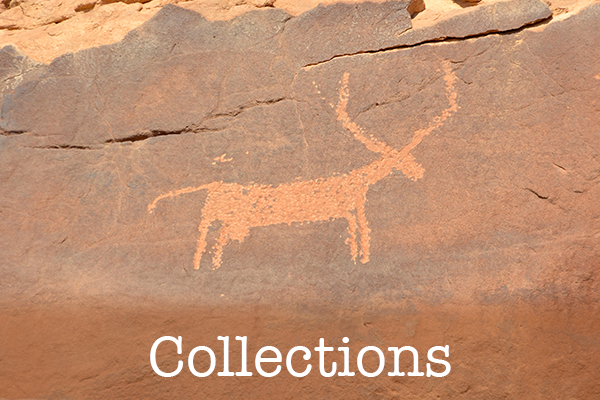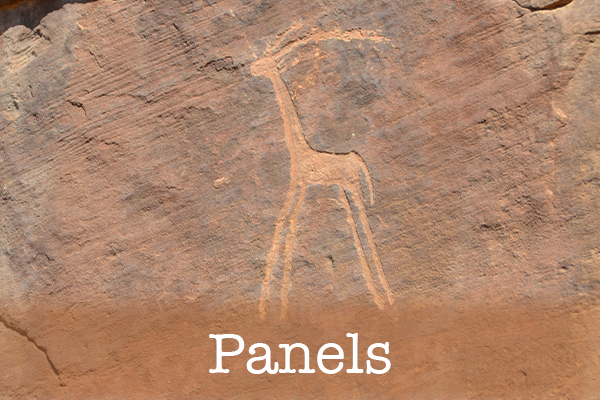EN : The publication of the unpublished corpus of engravings from Wadi Abu Subeira is based on the presentation of more than a thousand engraved panels discovered from all periods. This is a very large documentary collection that is being made available to the scientific community and the general public.
The presentation of the documentary sources on the one hand, and the context, analyses and interpretations to which they have been subjected on the other, have been separated to make them easier to handle. The digital medium makes the documents more easily accessible, searchable and reusable, when the result of the accompanying scientific work is available in a printed edition in English and in an open access digital version in French and Arabic.
FR : La publication du corpus inédit des gravures du wadi Abu Subeira repose sur la présentation de plus d’un millier de panneaux gravés découverts, toutes périodes confondues. Il s’agit d’un fonds documentaire de très grande ampleur qui est mis à disposition de la communauté scientifique et du grand public.
La présentation des sources documentaires d’une part, le contexte, puis les analyses et les interprétations dont elles ont fait l’objet d’autre part, ont été séparées pour être plus manipulables. Le support numérique permet aux documents d’être plus facilement accessibles, consultables et réutilisables, quand le résultat du travail scientifique qui l’accompagne est disponible dans une édition imprimée en anglais et en version numérique open access en français et en arabe.




